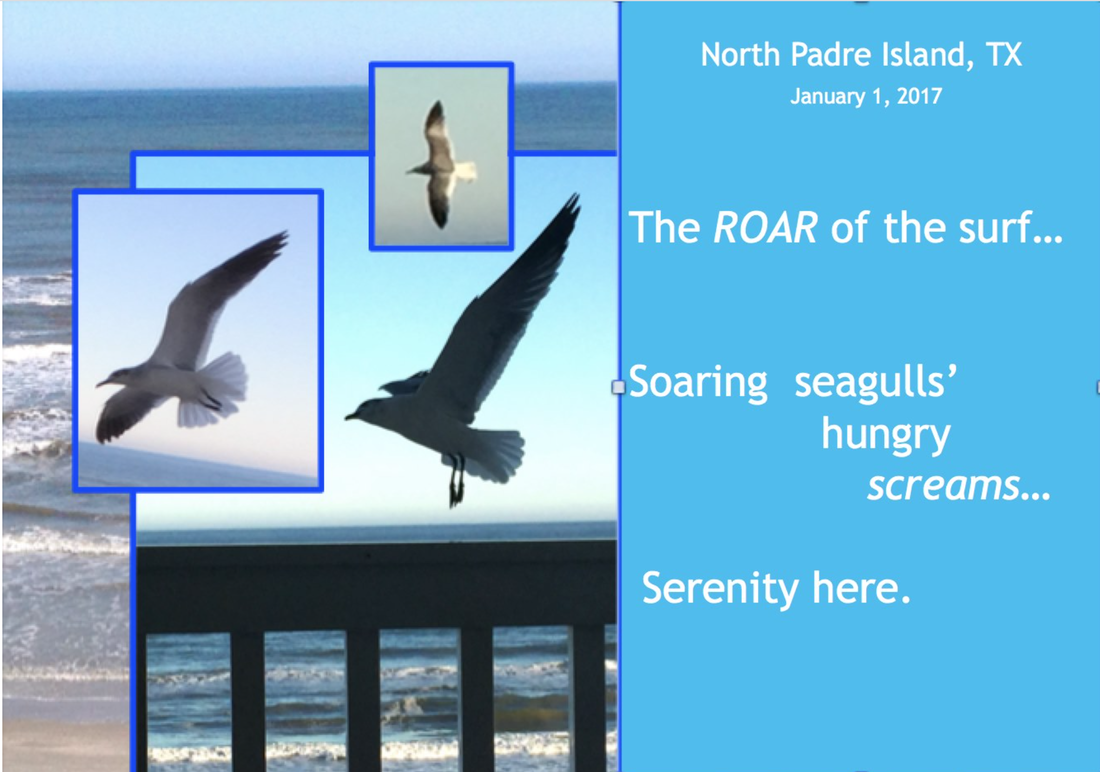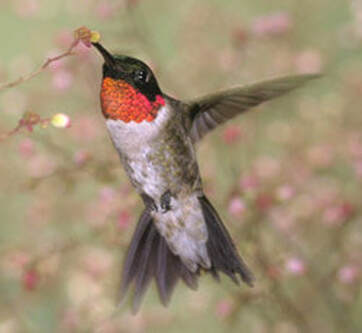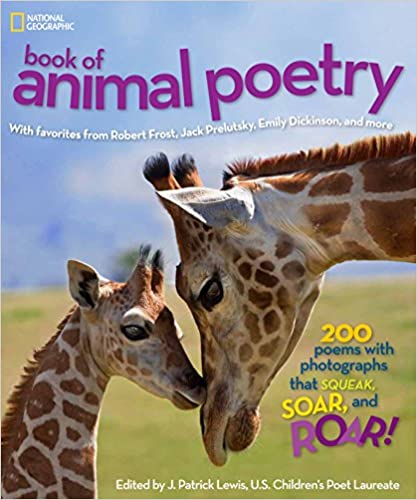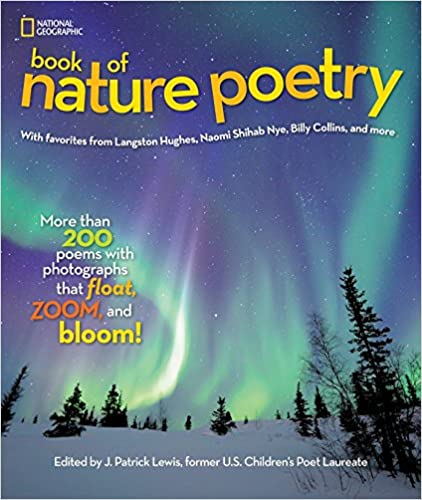Living Literately and Mindfully at the Intersection of Mother Nature, the Animal World and Poetry11/9/2020
BY PEGGY S. RICE Consider...
Serenity can be found at the intersection of Mother Nature, the animal world and poetry. I have found that the more time I spend at this intersection, the less anxiety I feel. Following are materials and strategies, my students, daughter and I have found successful:
Poetry Performance
Power of Place Locate a space surrounded in nature that you can visit regularly. I am fortunate, because I live on 7 acres with a pond. When visiting this space, be prepared to engage in mindful listening, see the world with a poet’s eyes and take notes in a writing journal.
Poetry Writing Writing poetry is all about playing with words. Fletcher (2002) encourages us to play with the sounds of words. Consider, rhythm, rhyme, repetition, onomatopoeia and alliteration. He also encourages us to think fragments/cut unnecessary words, consider shape, use white space/experiment with line breaks and end with a bang/sharpen the ending. Each of these aspects of language can be a topic of minilessons connected to poetry performances of mentor poems. Lewis (2012, 2015) has included excellent resources for writing formula poems. Savor... In Beauty May I Walk --Anonymous (Navajo Indian) In beauty may I walk All day long may I walk Through the returning seasons may I walk Beautifully will I possess again Beautifully birds Beautifully joyful birds On the trail marked with pollen may I walk With grasshoppers about my feet may I walk With dew about my feet may I walk With beauty may I walk With beauty before me may I walk With beauty behind me may I walk With beauty above me may I walk With beauty all around me may I walk In old age, wandering on a trail of beauty, lively, may I walk. In old age, wondering on a trail of beauty, living again, may I walk It is finished in beauty It is finished in beauty References
Calkins, L.M. (1994). The art of teaching writing. (2nd ed.). Portsmouth, NH: Heinemann. Fletcher, R. (2002). Poetry matters: Writing a poem from the inside out. New York: Harper Trophy. Lewis, J. P. (2015). National geographic book of nature poetry: More than 200 poems with photographs that float, zoom, and bloom! Washington, DC: National Geographic Partners, LLC. Lewis, J. P. (2012). National geographic book of animal poetry: More than 200 poems with photographs that squeak, soar, and roar! Washington, DC: National Geographic Partners, LLC. Shelton, L. (2009). Banish boring words. New York: Scholastic Peggy S. Rice is an Associate Professor of Elementary Education and Faculty Advisor for the Partners in Literacy Council at Ball State University in Muncie Indiana. She is a member of the Children's Literature Assembly Ways and Means Committee. Comments are closed.
|
Authors:
|
CLA
About CLA
|
Journal of Children's Literature
Write for JCL
|
ResourcesCLA-sponsored NCTE Position Statements
|
Members-Only Content
CLA Video Library
|
© COPYRIGHT 2018.
ALL RIGHTS RESERVED |





 RSS Feed
RSS Feed